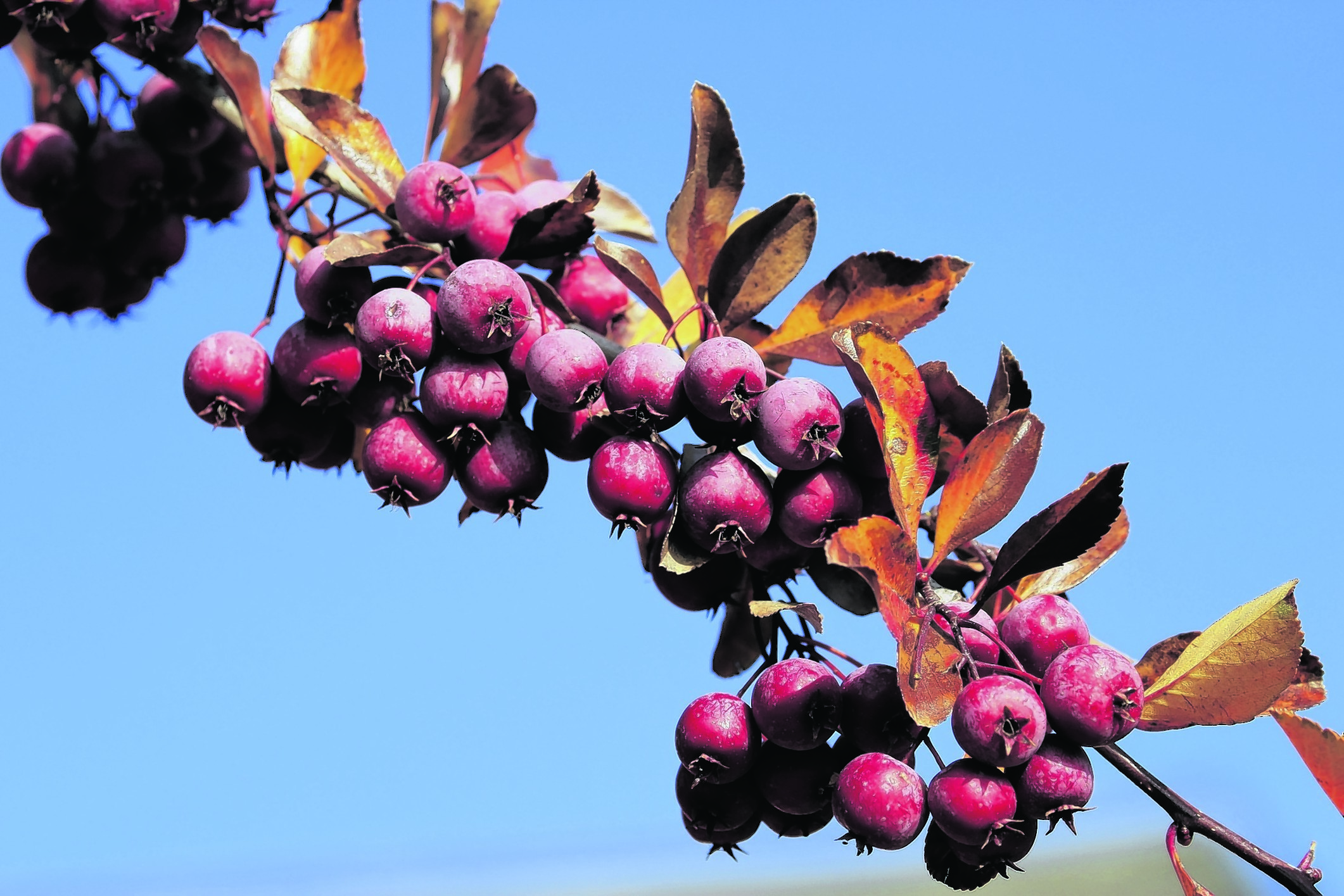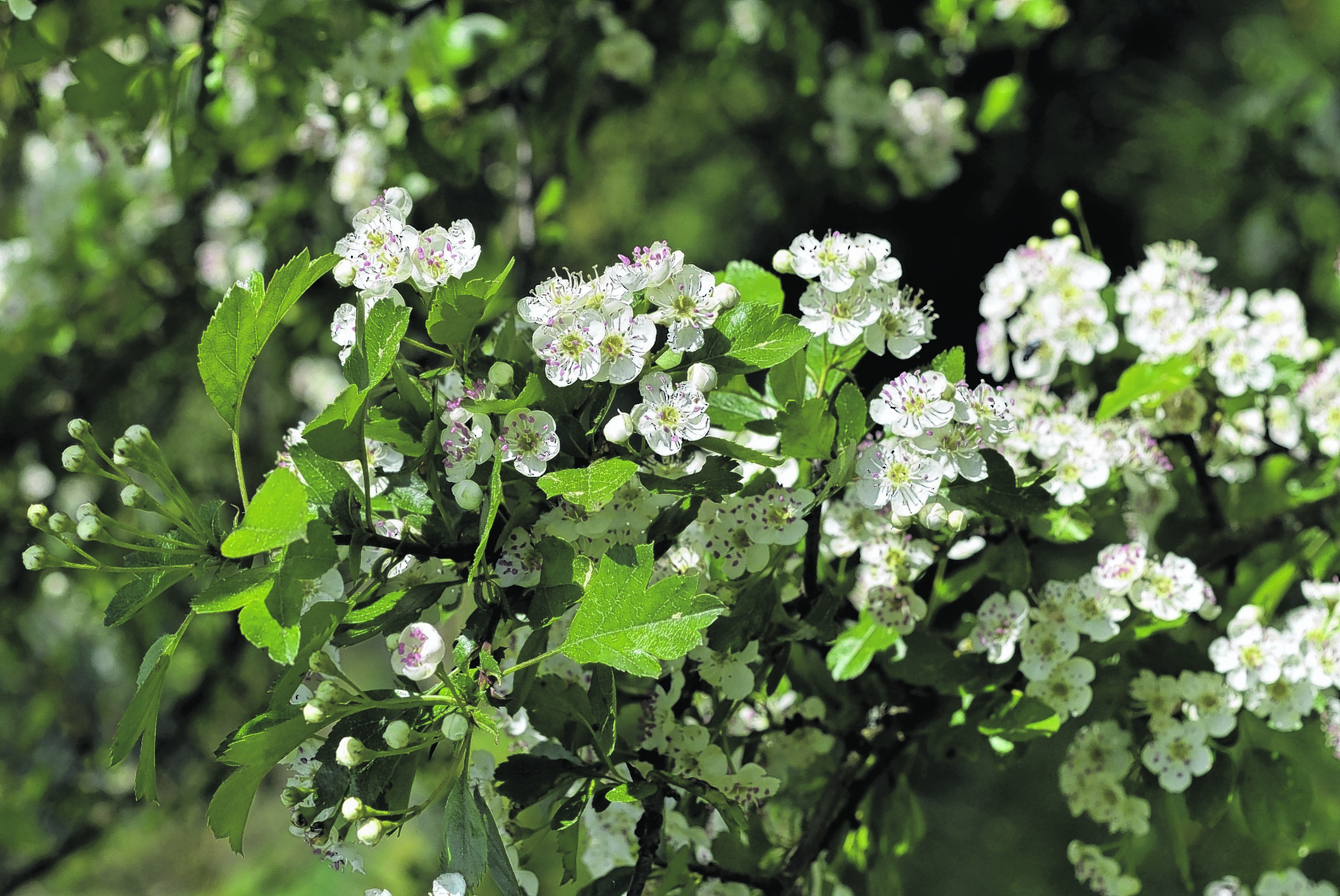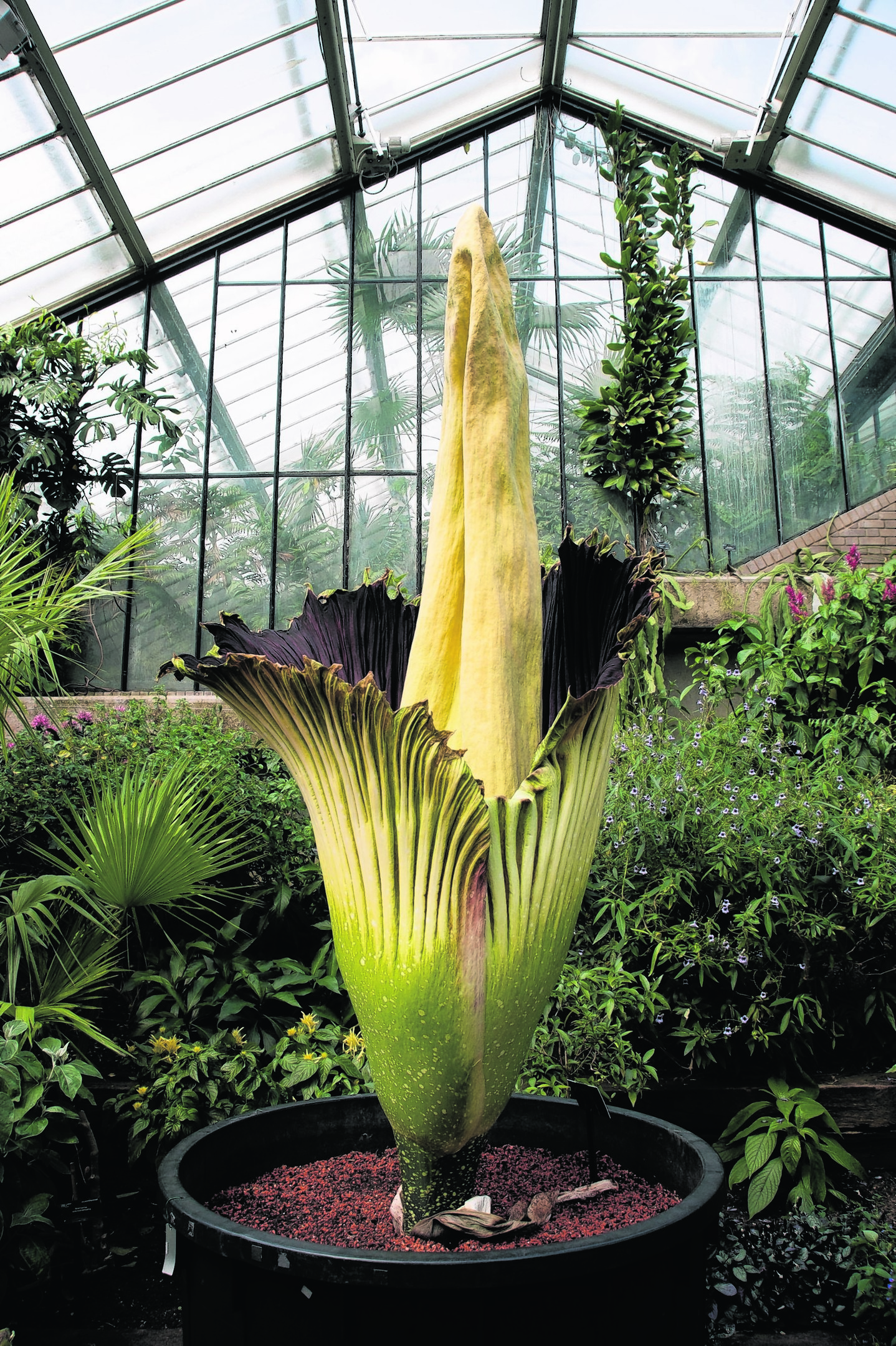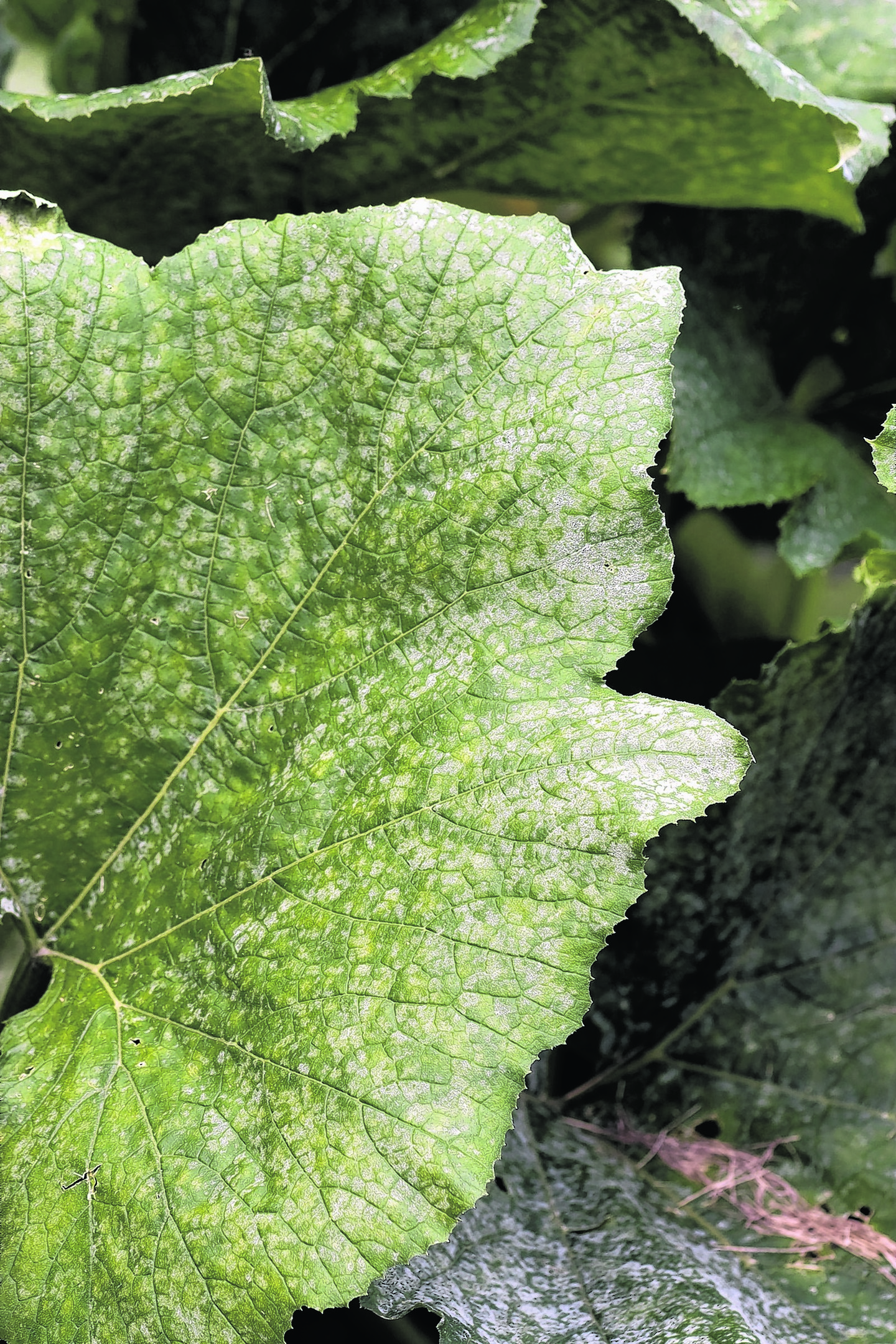As Halloween is upon us, Hannah Stephenson looks at some of the spikiest, scariest, foulest-smelling plants found in gardens.
You may be opening your front door to mischievous trick or treaters in ghoulish guises this Halloween, but peep into your back garden and you could also spot some stinking, spiky and poisonous subjects.
While would-be wizards and witches may be taunting you on your doorstep, in your garden you may experience something equally sinister. Some plants can sting, burn, cut you or emit an acrid, foul-smelling odour.
Among the most prickly of plants is the hawthorn. As a thorny hedge, it will deter even the most persistent burglar. The thorns of mature plants can pierce the toughest glove and I’ve often had to pick them out of my thick gardening clogs to stop them from pricking my toes.
It features among the Metropolitan Police list of top shrubs for deterring thieves. Other prickly candidates include creeping juniper, common holly, firethorn (pyracantha), juniper and purple berberis. The Met advises people to plant hedges of such unfriendly shrubs to use nature’s own defence mechanisms and keep out burglars.
Then there are the plants that don’t smell quite as sweet as you’d like. In fact, they stink.
Take the titan arum (Amorphophallus titanum) and the dragon arum (Dracunculus vulgaris). Both smell like rotting corpses when in flower, to attract pollinating flies. The titan arum, also known as the corpse flower, for obvious reasons, is nevertheless beautiful, growing to three metres tall and its gigantic crimson flower spanning three metres. It is a great magnet for pollinating insects. You won’t find it in the average British garden, though, as it prefers the rainforests of Sumatra as its natural habitat, although you can admire it in the exotic sections of botanical gardens such as the Eden Project in Cornwall and at Kew.

Then there’s stinking iris, Iris foetidissima, whose leaves have a pungent scent but which come into their own visually in autumn and winter, putting on a spectacular display when their huge seed pods burst open to reveal brilliant orange, sometimes red, seeds.
They cling to the pods throughout the winter until the spring, and are ignored by birds. Others in the bad-smells league include Eucomis bicolor, the pineapple lily, and the dead horse arum (Helicodiceros muscivorus), named for obvious reasons. While many bulbs bring heady fragrance to spring, including the sweetly scented hyacinth, others have pretty horrible odours, including the imposing crown imperial (Fritillaria imperialis). But don’t let the smell put you off because its impressive orange flowers make more of a statement than its whiffy pong. No Halloween would be complete without its share of witches, whose potions have been linked with some of our most common plants.
Hemlock, for instance, is highly poisonous and closely linked with witchcraft. It doesn’t look significantly different from the hedge parsley or cow parsley that grows along roads, ditches, trails, or the edges of fields.

Its white flowerheads resemble those of parsnips, carrots or angelica, while the bright-green leaves are deeply cut, even feathery and delicate. Yet all plant parts are poisonous, with the seeds containing the highest concentration of poison, causing toxic reactions.
Deadly nightshade (Belladonna), another common plant often found in hedgerows, was one of the main ingredients in witches’ brews during the Middle Ages, while blackthorn is often referred to as a witch’s tree. As late as the 1940s, anyone seen to carry a blackthorn walking stick was suspected of being a witch.
There is beauty in all, even the most sinister of subjects. So have a happy Halloween – but just remember the plants with slightly darker properties, hidden in the nooks and crannies of your garden.


